calsfoundation@cals.org
Charlie May Simon (1897–1977)
Charlie May Simon is among the state’s most prolific major authors. Known primarily for her children’s literature, with just under thirty books and with numerous short stories to her credit, Simon had a long career writing for adults as well. Additionally, she is known as the wife of Pulitzer Prize–winning poet John Gould Fletcher. Her work in the field of children’s literature has been honored in Arkansas since 1971 by the annual presentation of the Charlie May Simon Book Award.
Simon was born Charlie May Hogue on August 17, 1897, not far from Monticello (Drew County), to Charles Wayman Hogue and Mary Gill Hogue. She was named after both her parents, according to Southern tradition. Her father, a tenant farmer at the turn of the century, was also a teacher and an author. His book, Back Yonder, An Ozark Chronicle, published in 1932, recounted his youth and was a successful book in its day.
The Hogue family moved to Memphis, Tennessee, when Charlie May was three years old. Educated in the Memphis Public School system, she also attended the University of Memphis (known then as Memphis Normal School). As a young woman, Hogue attempted to publish a novel but was disappointed when a publisher rejected the manuscript. She turned her attention to art studies. Hogue’s first marriage was to Walter Lowenstein, a wealthy heir of a Memphis mercantile business, but she was widowed while still in her twenties. She wanted to enhance and expand her perspectives in the world of art, so she used the financial settlement from her first marriage and moved to Chicago, Illinois, and later to Paris, France. In Paris, she met and married Howard Simon, an artist who would become the illustrator of her books. The two married in 1926, and she became Charlie May Simon, the professional name she used for the rest of her life.
Simon returned to Arkansas with her husband. This was during the time of the Great Depression, and money was scarce. The two resided in a mountainside log cabin that they built themselves in Perry County with help from neighbors. Simon planned the cabin, drawing the outline for the walls with a stick in the dirt. In the 1930s, she returned to writing, in part because they needed the money and because she wanted to tell of the Ozark way of life and the strong people who lived it. The Depression still had the nation in its grip, and Simon’s strong work ethic served her well. Simon enjoyed the hard work of the homestead, but her husband did not. She and Howard divorced, and though he returned to Paris, he still served as illustrator for her books. Simon’s first major work for children was Robin on the Mountain. It was published in 1934 and is considered by many to be a classic in the field of children’s literature.
About this time, Arkansas poet John Gould Fletcher took note of Simon and her work. Both moved in literary circles and admired each other’s writing. The two married on January 18, 1936. Fletcher grew up in Arkansas, and while Simon resided in Tennessee, she had close ties with family in Arkansas and was a frequent visitor to rural Arkansas throughout her childhood. Fletcher and Simon spent their childhoods geographically somewhat close to each other, but they had very different experiences. Fletcher knew a more privileged way of life that had allowed him time and space to reflect on subjects such as flowers, lakes, and trees. Simon wrote about the humble folk she knew as a child, as with her 1945 memoir Straw in the Sun.
The couple lived at Johnswood, their wood and stone home, located at 10314 Cantrell Road in Pulaski County on the western edge of Little Rock (Pulaski County), where it overlooked the Arkansas River, surrounded by abundant greenery. The hearth and the books were Johnswood’s most important features. Fletcher and Simon believed that writing was something of an individual pursuit. After breakfasting together, each would retire to his or her respective study, where they created their individual works. Afternoons were spent enjoying and keeping up the grounds. A raccoon appeared regularly, accepting its daily bread from Simon’s hand.
Though the two had great respect for each other’s writing, their styles remained distinct, Fletcher in the spare style of the poet; Simon in her painstaking, conscientious prose.
In 1950, Fletcher committed suicide, prompted perhaps by the trials of a very lengthy illness. He walked into water on the property and drowned. Simon continued to reside at Johnswood after initially doubting whether she could, though she did travel the globe. Her writing in her later years moved significantly toward the biographical. She focused on the truly great difference-making people of her day, people often associated with bringing peace and a sense of humanity to the world.
Simon spent some time in Japan and taught English at the Women’s University in Tokyo. She continued to work hard on her writing craft and was known for her in-depth research. She traveled to Africa, spent time with Albert Schweitzer, and later published All Men Are Brothers: A Portrait of Albert Schweitzer (1956). In 1958, she received the Albert Schweitzer Book Prize for A Seed Shall Serve, her biography of Toyohiko Kagawa, a prominent spiritual leader in Japan. Additionally, she wrote about Martin Buber and Pierre Teilhard de Chardin. Simon wrote such disparate books as Art in the New Land (1945), The Sharecropper (1937), Christmas Every Friday (published posthumously in 1981), and Razorbacks Are Really Hogs! (1972). A member of the Ozark Folklore Society, Simon saw the Ozarks as a complex, multi-faceted culture. She had been brought up among its humblest citizens and had come to know its most literary. Her experience and her observations imbued her writing with the great diversity that marks the culture of the South, and of Arkansas in particular.
To honor Simon’s body of work, the Arkansas Department of Education named the Children’s Literature Award in Arkansas the Charlie May Simon Award in 1971. In the twenty-first century, Arkansas school children still read and vote on books to be given this honor each year.
Simon died on March 21, 1977, and is buried in the Mount Holly Cemetery in Little Rock, where John Gould Fletcher is also interred.
For additional information:
“Charlie May Simon: Pushing against the Stream of Time.” Center for Arkansas History and Culture. University of Arkansas at Little Rock. https://ualrexhibits.org/simon/virtual-exhibit/reexamined/ (accessed October 22, 2021).
Charlie May Simon Materials. Butler Center for Arkansas Studies. Central Arkansas Library System, Little Rock, Arkansas.
Hagen, Lyman B. Charlie May Simon. Jonesboro, AR: Craighead County and Jonesboro Public Library, 1980.
O’Neal, Aleshia. “Charlie May Simon: Uncovering the Lost Voice of an Arkansas Author.” PhD diss., Arkansas State University, 2019.
Sandage, Charley. Pages from Arkansas’ Past: Charlie Mae Simon. Television documentary. Conway: Arkansas Educational Television Network, 1994.
Toran Isom
University of Arkansas at Little Rock
 Arts, Culture, and Entertainment
Arts, Culture, and Entertainment Early Twentieth Century, 1901 through 1940
Early Twentieth Century, 1901 through 1940 Literature and Authors
Literature and Authors John Gould Fletcher and Charlie May Simon
John Gould Fletcher and Charlie May Simon  Johnswood
Johnswood 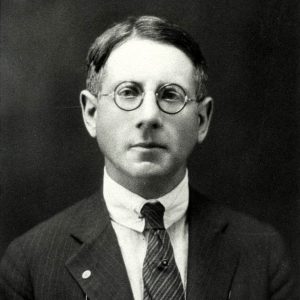 Walter Lowenstein
Walter Lowenstein 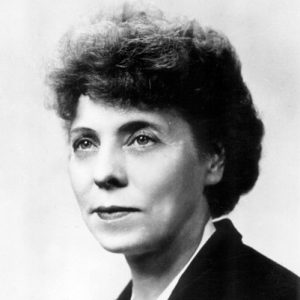 Charlie May Simon
Charlie May Simon 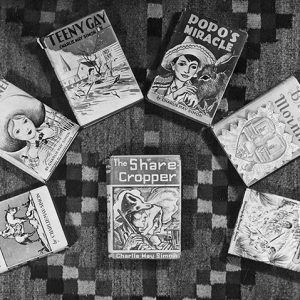 Charlie May Simon Books
Charlie May Simon Books 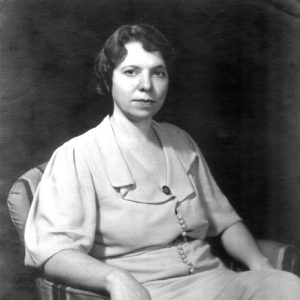 Charlie May Simon
Charlie May Simon 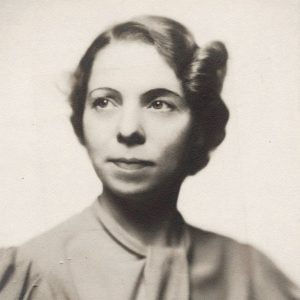 Charlie May Simon
Charlie May Simon  Charlie May and Howard Simon
Charlie May and Howard Simon 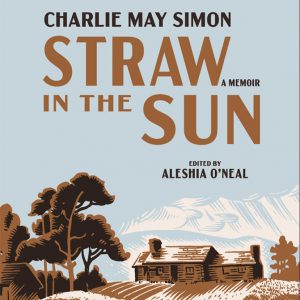 Straw in the Sun
Straw in the Sun 



I have many copies of the book Back Yonder if anyone would like to have a free copy. I will be glad to send a copy or copies if the requester will just pay for the cost of mailing.
(Contact EOA associate editor Ali Welky at aw****@**ls.org and she will pass your information to Jim Parsons.)